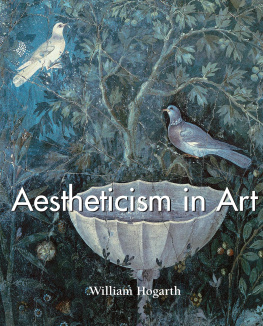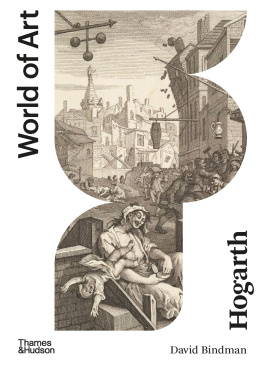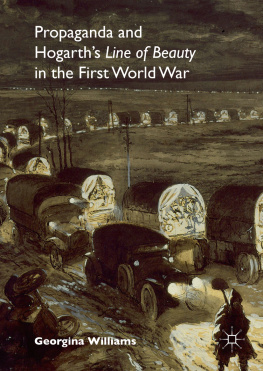William Hogarth - The analysis of beauty
Here you can read online William Hogarth - The analysis of beauty full text of the book (entire story) in english for free. Download pdf and epub, get meaning, cover and reviews about this ebook. publisher: Printed by W. Strahan, for Mrs. Hogarth, genre: Science. Description of the work, (preface) as well as reviews are available. Best literature library LitArk.com created for fans of good reading and offers a wide selection of genres:
Romance novel
Science fiction
Adventure
Detective
Science
History
Home and family
Prose
Art
Politics
Computer
Non-fiction
Religion
Business
Children
Humor
Choose a favorite category and find really read worthwhile books. Enjoy immersion in the world of imagination, feel the emotions of the characters or learn something new for yourself, make an fascinating discovery.

- Book:The analysis of beauty
- Author:
- Publisher:Printed by W. Strahan, for Mrs. Hogarth
- Genre:
- Rating:5 / 5
- Favourites:Add to favourites
- Your mark:
- 100
- 1
- 2
- 3
- 4
- 5
The analysis of beauty: summary, description and annotation
We offer to read an annotation, description, summary or preface (depends on what the author of the book "The analysis of beauty" wrote himself). If you haven't found the necessary information about the book — write in the comments, we will try to find it.
The analysis of beauty — read online for free the complete book (whole text) full work
Below is the text of the book, divided by pages. System saving the place of the last page read, allows you to conveniently read the book "The analysis of beauty" online for free, without having to search again every time where you left off. Put a bookmark, and you can go to the page where you finished reading at any time.
Font size:
Interval:
Bookmark:

This is a digital copy of a book that was preserved for generations on library shelves before it was carefully scanned by Google as part of a project to make the world's books discoverable online. See the back of the book for detailed information.
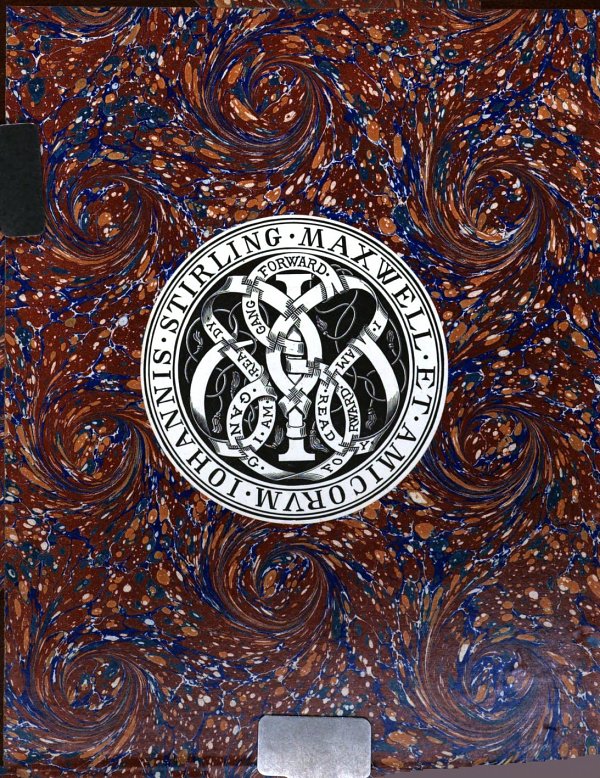
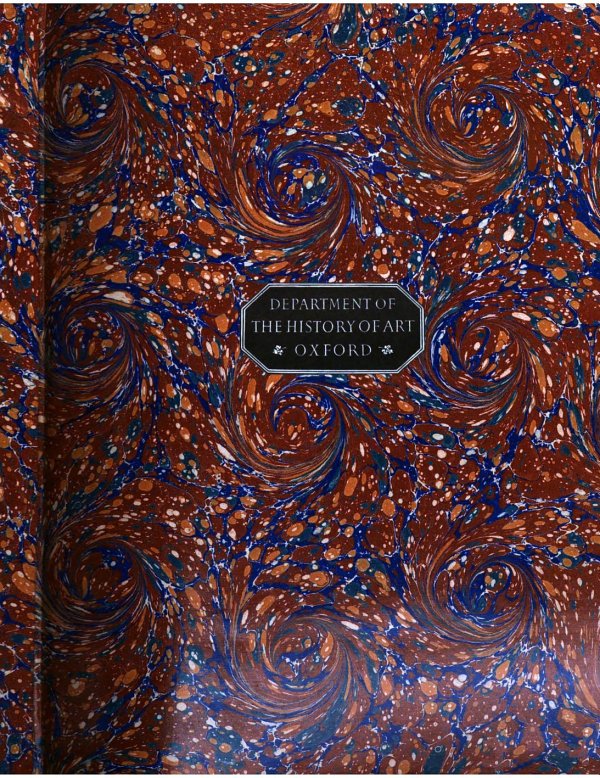
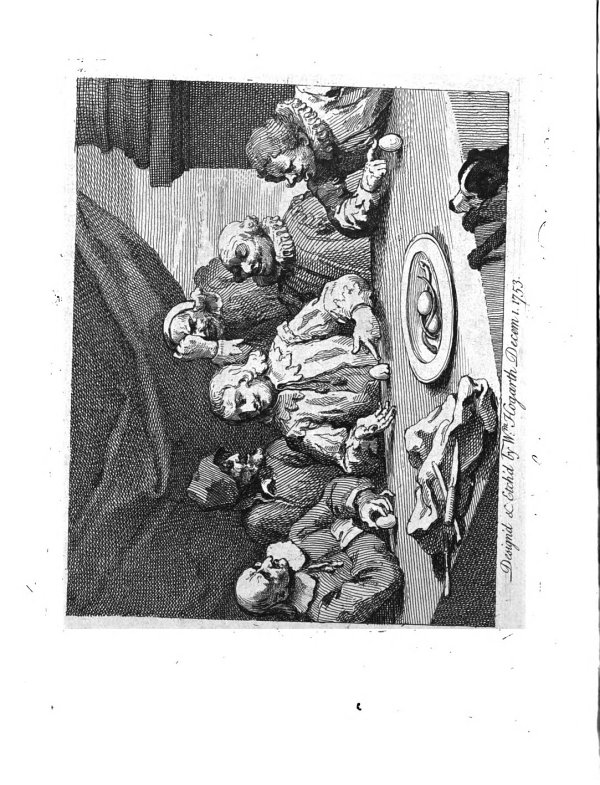

PREFACE.
IF a preface was ever necessary, it may very likely be thought so to the following work; the title of which (in the proposals published some time since) hath much amused, and raised the expectation of the curious, though not without a mixture of doubt, that its purpose could ever be satisfactorily answered. For though beauty is seen and confessed by all, yet, from the many fruitless attempts to account for the cause of its being so, enquiries on this head have almost been given up; and the subject generally thought to be a matter of too high and too delicate a nature to admit of any true or intelligible discussion. Something therefore introductory ought to be laid at the presenting a work with a face so entirely new; especially as it will naturally encounter with, and perhaps may overthrow, several long received and thorough established opinions: and since controversies may arise how far, and after what manner this subject hath hitherto been considered and treated, it will also be proper to lay before the reader, what may be gathered concerning it, from the works of the ancient and modern writers and painters.
It is no wonder this subject should have so long been thought inexplicable, since the nature of many parts of it cannot possibly come within the reach of mere men of letters; otherwise those ingenious gentlemen who have lately published treatises upon it (and who have written much more learnedly than can be expected from one who never took up the pen before) would not so soon have been bewilder'd in their accounts of it, and obliged so suddenly to turn into the broad, and more beaten path of moral beauty; in order to extricate themselves out of the difficulties they seem to have met with in this: and withal forced for the fame reasons to amuse their readers, with amazing (but often misapplied) encomiums on deceased painters and their performances; wherein they are continually discoursing of effects instead of developing causes;. and after many prettinesses, in very pleasing language, do fairly set you down just where they first took you up; honestly confessing that as to GRACE, the main point in question, they do not even pretend to know any thing of the matter. And indeed how should they? when: it actually requires a practical knowledge of the whole art of painting (sculpture alone not being sufficient) and that too to some degree of eminence, in order to enable any one to pursue the chain of this enquiry through all its parts: which I hope will be made to appear in the following work.
It will then naturally be asked, why the best painters within these two centuries, who by their works appear to have excelled in grace and beauty, should have been so silent in an affair of such seeming importance to the imitative arts and their own honour? To which I answer, that it is probable, they arrived at that excellence in their works, by the mere dint of imitating with great exactness the beauties of nature, and by often copying and retaining strong ideas of graceful antique statues y which might sufficiently serve their purposes as painters, without their troubling themselves with a farther enquiry into the particular causes of the effects before them. It is not indeed a little strange, that the great Leonardo da Vinci (amongst the many philosophical precepts which he hath at random laid down in his treatise on painting) would not have given the least hint of any thing tending to a system of this kind; especially, as he was cotemporary with Michael Angelo, who is said to have discovered a certain principle in the trunk only of an antique statue, (well known from this circumstance by the name of Michael Angelo's Torso, or Back, fig. *) which principle gave his works a grandeur of gusto equal to the best antiques. Relative to which tradition, Lamozzo, who wrote about painting at the fame time, hath this remarkable passage, vol. I. book I.
*Fig. 64. p 1.
"And because in this place there falleth out a certaine precept of Michael Angelo much for our purpose, I wil not conceale it, leaving the farther interpretation and vnderstanding thereof to the iudicious "reader.. It is reported then that Michael Angelo vpon a time gaue this observation to the Painter Marcus de Sciena his scholler; that he should alwaies make a figure Pyramidall, Serpentlike, and multiplied by one two and three. In which precept (in mine opinion) the whole mysterie of the arte consisteth. For the greatest grace and life that a picture can haue, is, that it expresses Motion: which the Painters call the spirit of a picture: No we there is no forme so sitte to express this motion, as that of the flame of fire, which according to Aristotle and the other Philosophers, is an elemente most actiue of all others: because the forme of the flame thereof is most apt for motion: for it hath a Conus or sharpe pointe wherewith it seemeth to divide the aire, that so it may ascende to his proper sphere. So that a picture having this forme will bee most beautifull." *
Many writers since Lamozzo have in the fame words recommended the observing this rule also; without comprehending the meaning of it: for unless it were known systematically, the whole business of grace could not be understood.
Du Fresnoy, in his art of painting, fays "large flowing, gliding outlines which are in waves, give not only a grace to the part, but to the whole body ; as we fee in the Antinous, and in many other of the antique figures: a fine figure and its parts ought always to have a serpent-like and flaming form: naturally those sort of lines have I know not what of life and seeming motion in them, which very much resembles the activity of the flame and of the serpent." Now if he had understood what he had said, he could not, speaking of grace, have expressed himself in the following contradictory manner." But to say the truth, this is a difficult undertaking, and a rare present, which the artist rather receives from the hand of heaven than from his own industry and studies ." But De Piles, in his lives of the painters, is still more contradictory, where he says, "that a painter can only have it (meaning grace) from nature, and doth not know that he hath it, nor in what degree, nor how he communicates it to his works: and that grace and beauty are two different things; beauty pleases by the rules, and grace without them."
* See Haydocks's translation printed at Oxford, 1598.
All the English writers on this subject have echo'd these passages; hence Je ne sai quoi, is become a fashionable phrase for grace.
By this it is plain, that this precept which Michael. Angelo delivered so long ago in an oracle-like manner, hath remained mysterious down to this time, for ought that has appeared to the contrary. The wonder that it mould do so will in some measure lessen when we come to consider that it must all along have appeared as full of contradiction as the most obscure quibble ever deli vered at Delphos, because,
Font size:
Interval:
Bookmark:
Similar books «The analysis of beauty»
Look at similar books to The analysis of beauty. We have selected literature similar in name and meaning in the hope of providing readers with more options to find new, interesting, not yet read works.
Discussion, reviews of the book The analysis of beauty and just readers' own opinions. Leave your comments, write what you think about the work, its meaning or the main characters. Specify what exactly you liked and what you didn't like, and why you think so.

